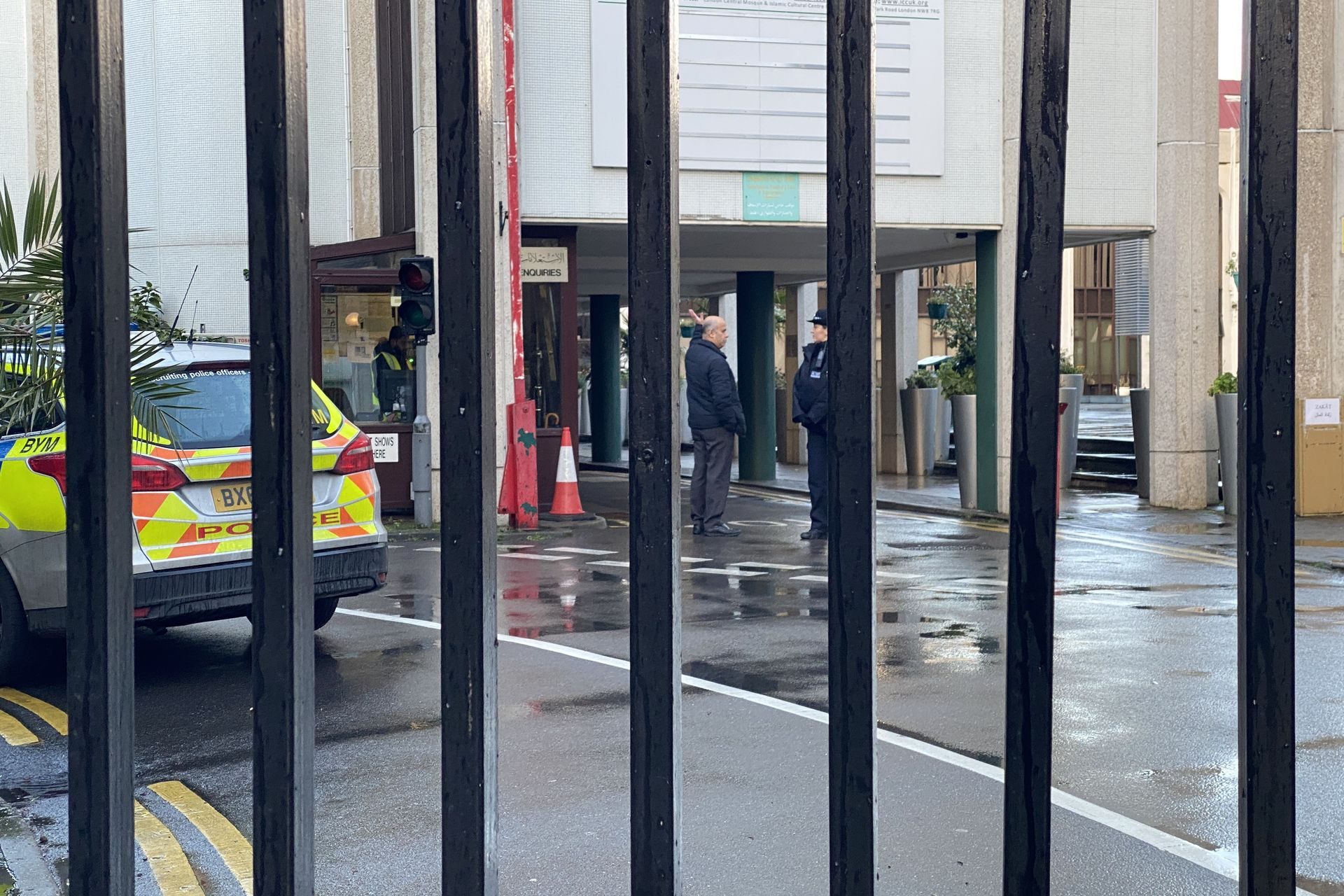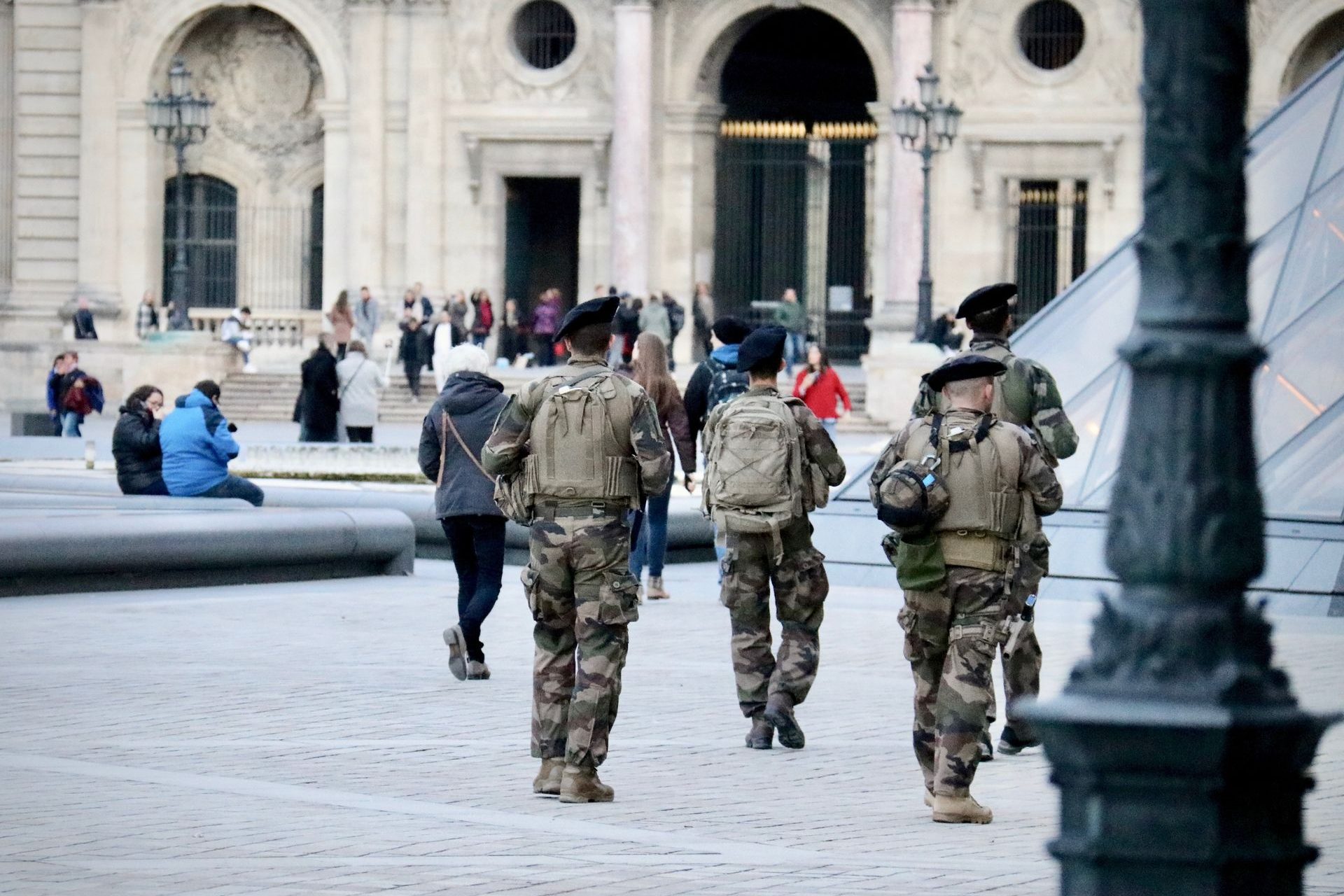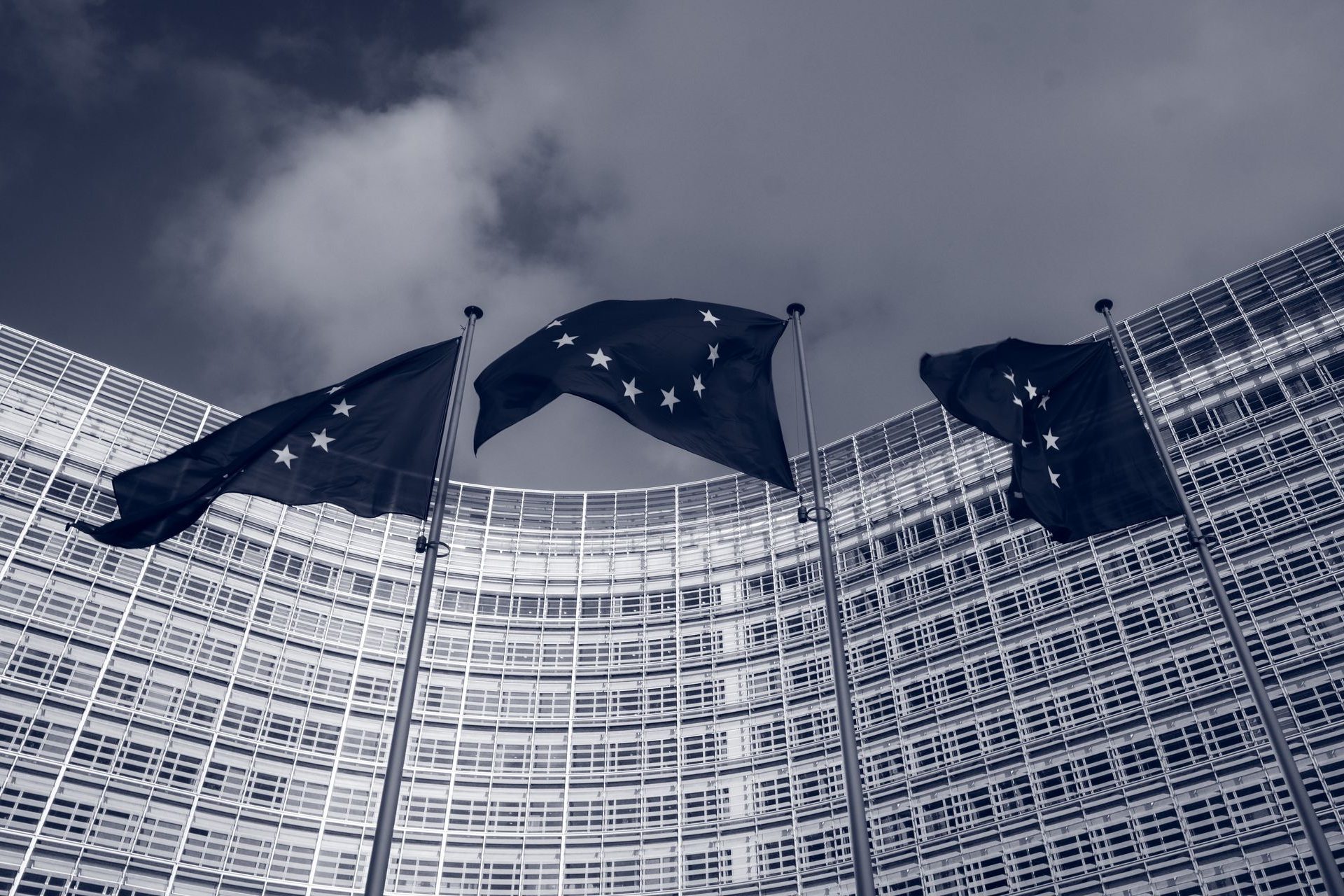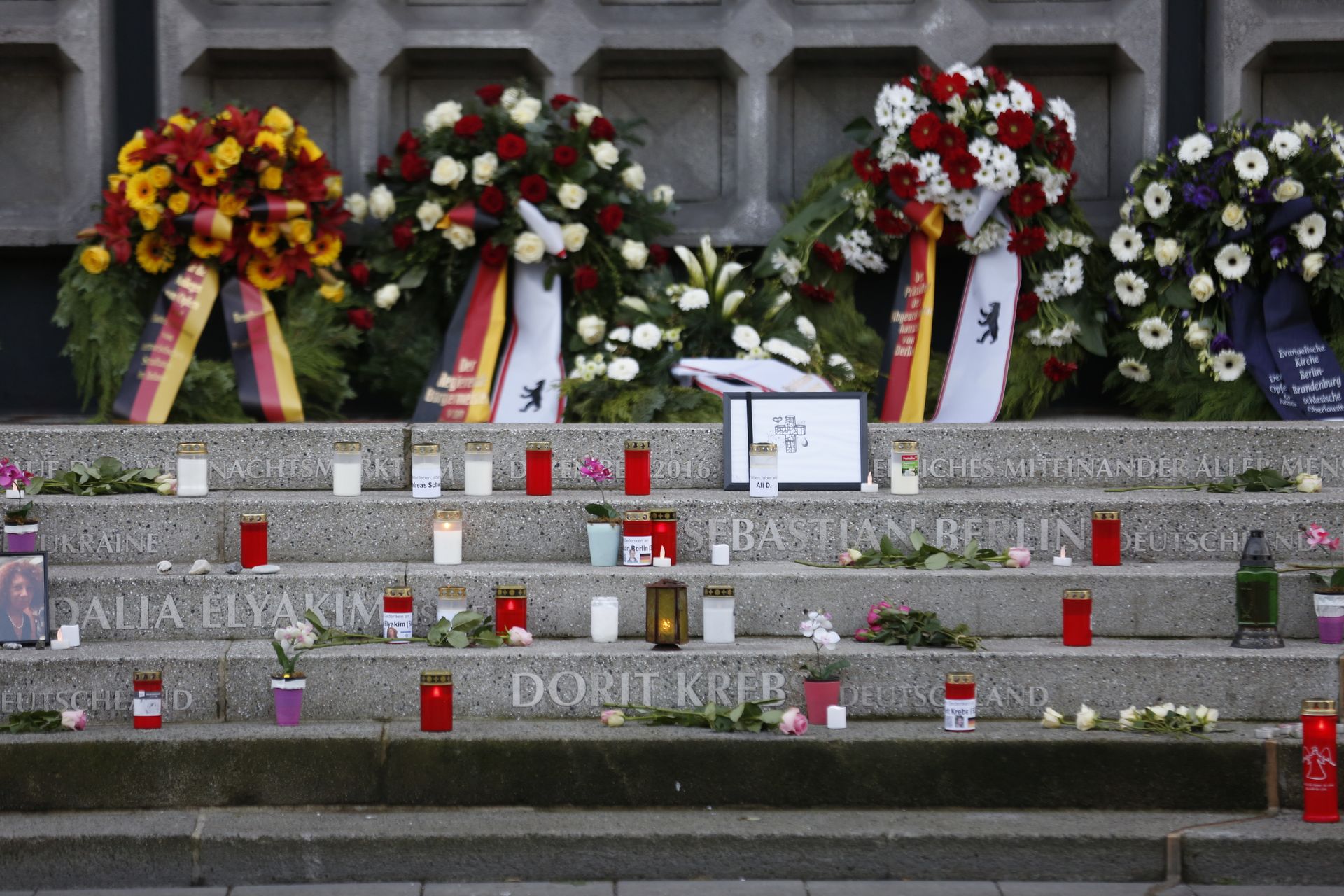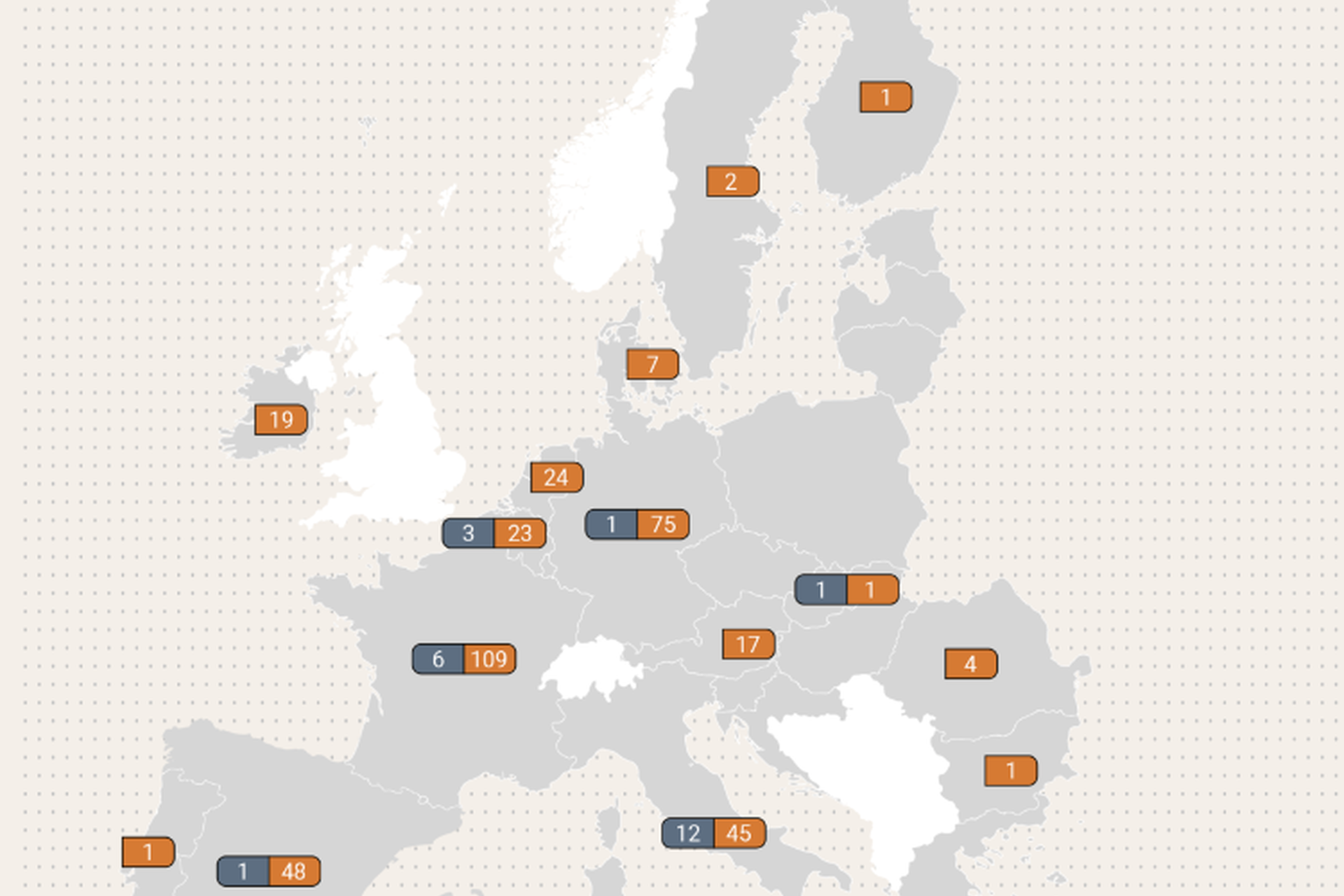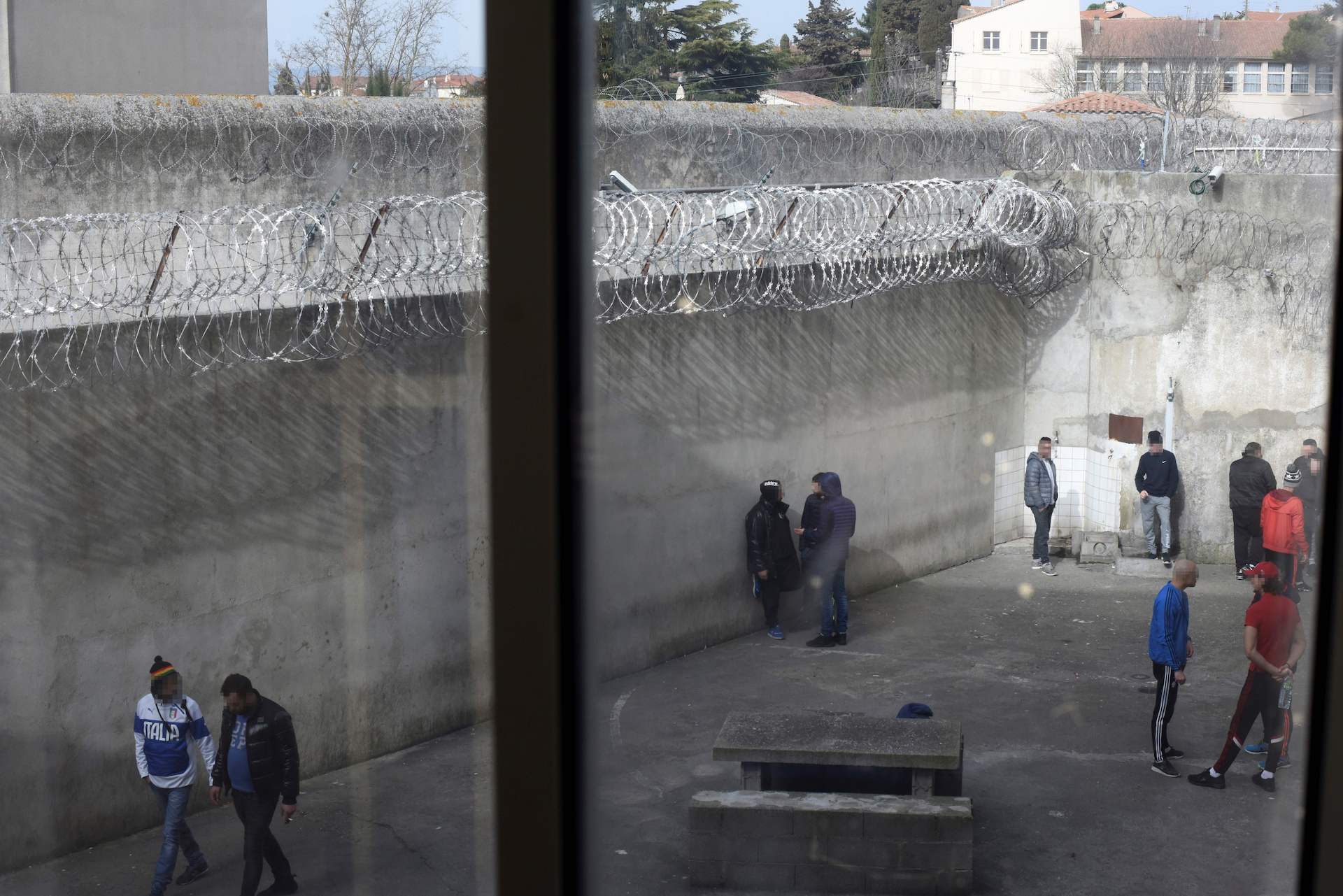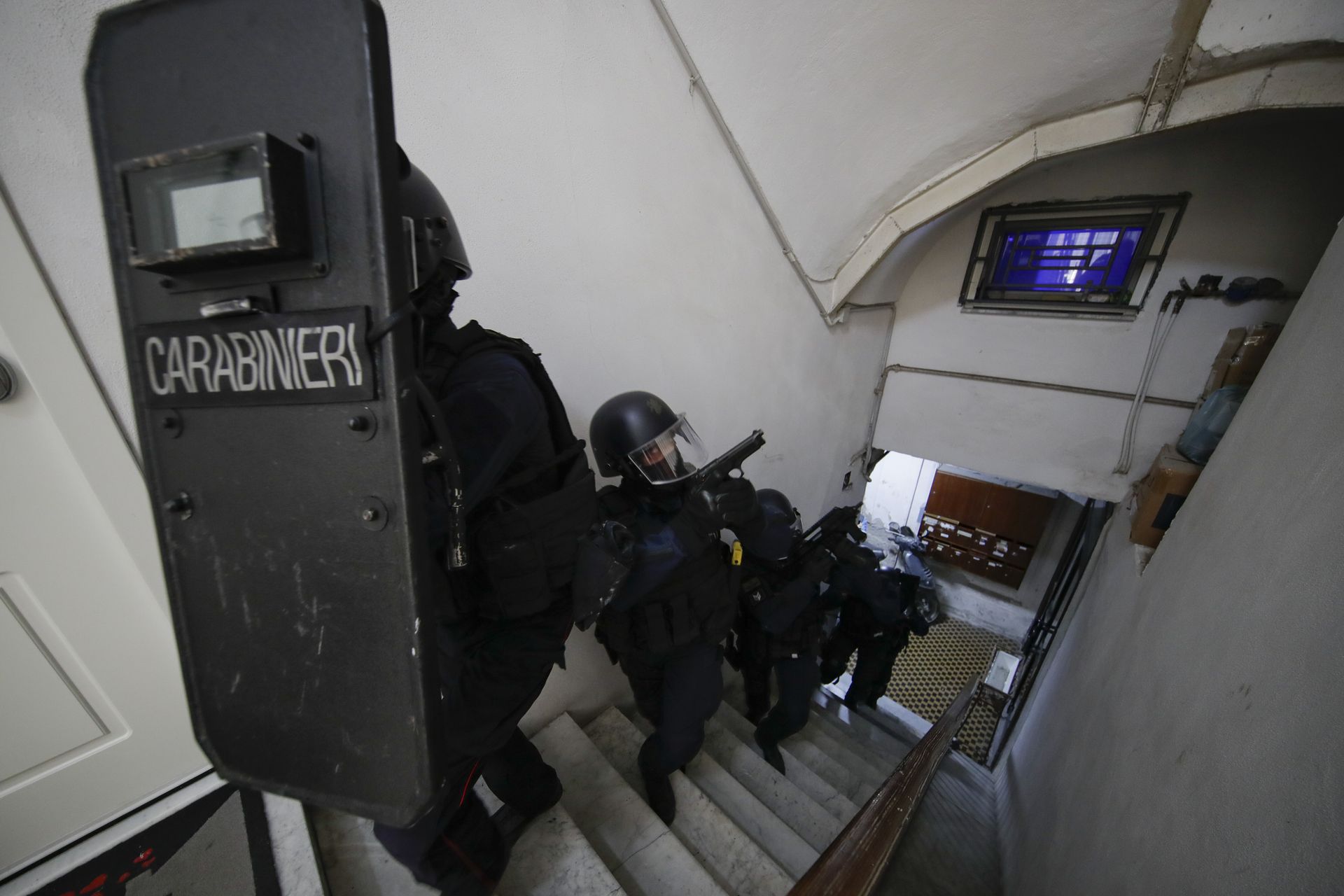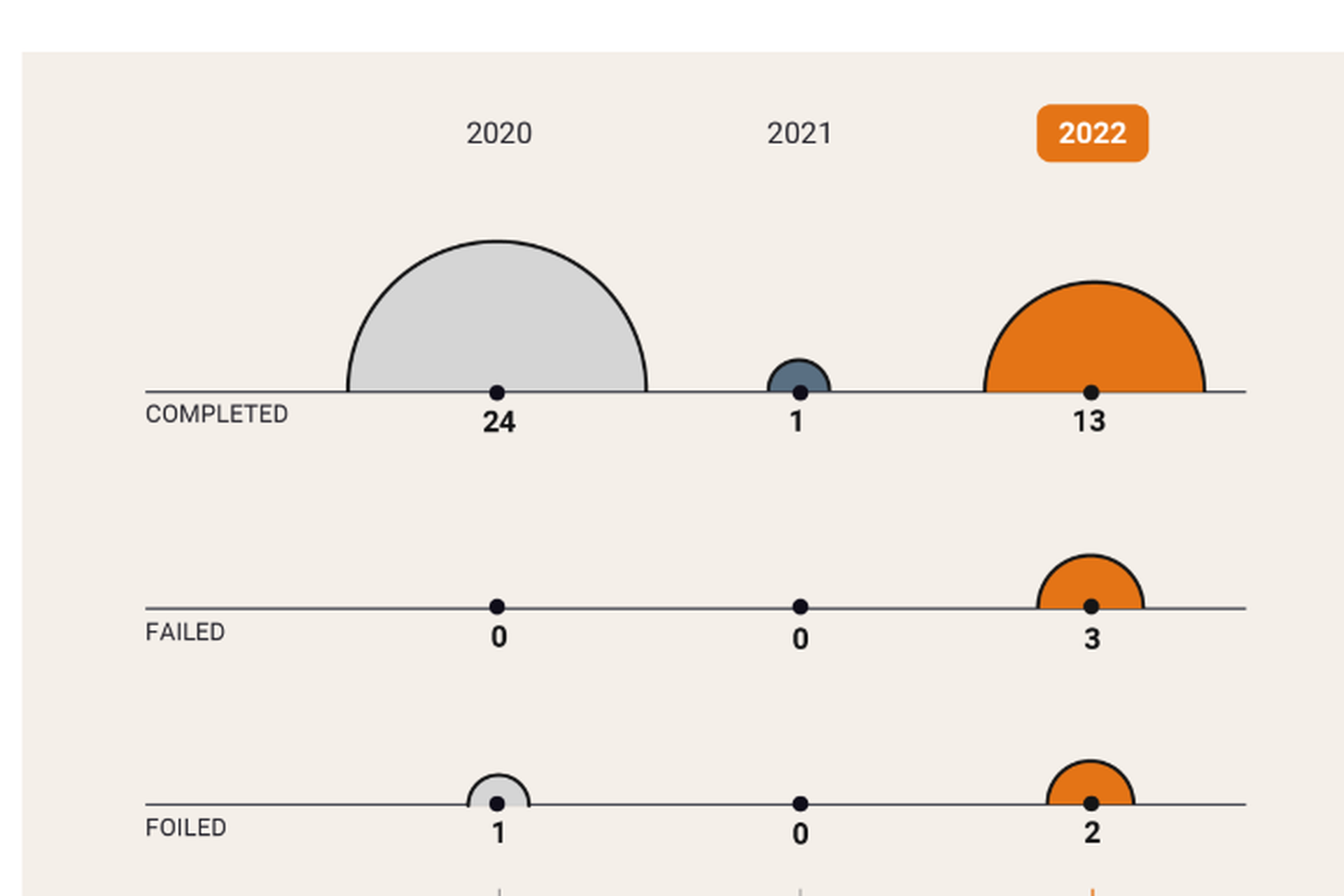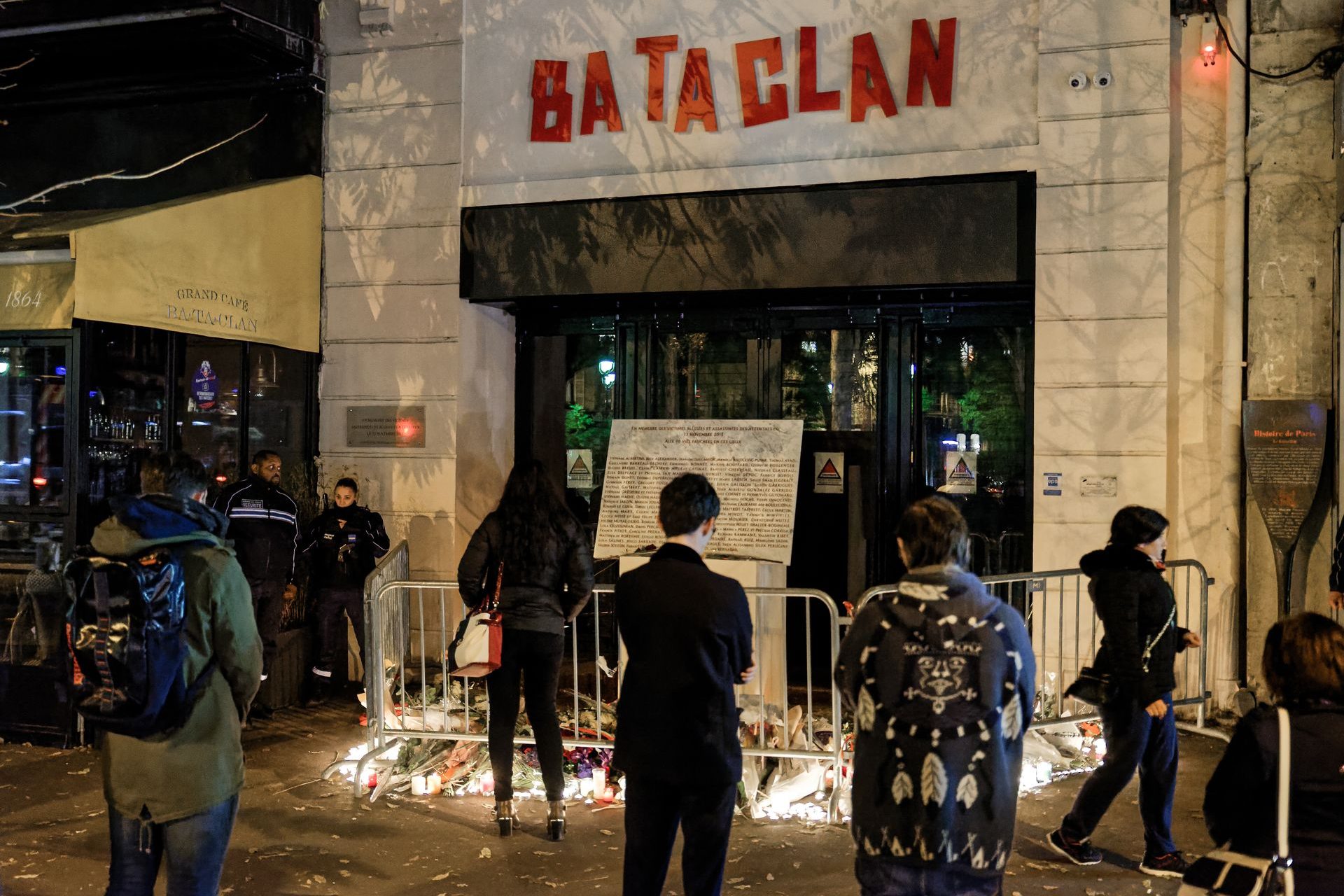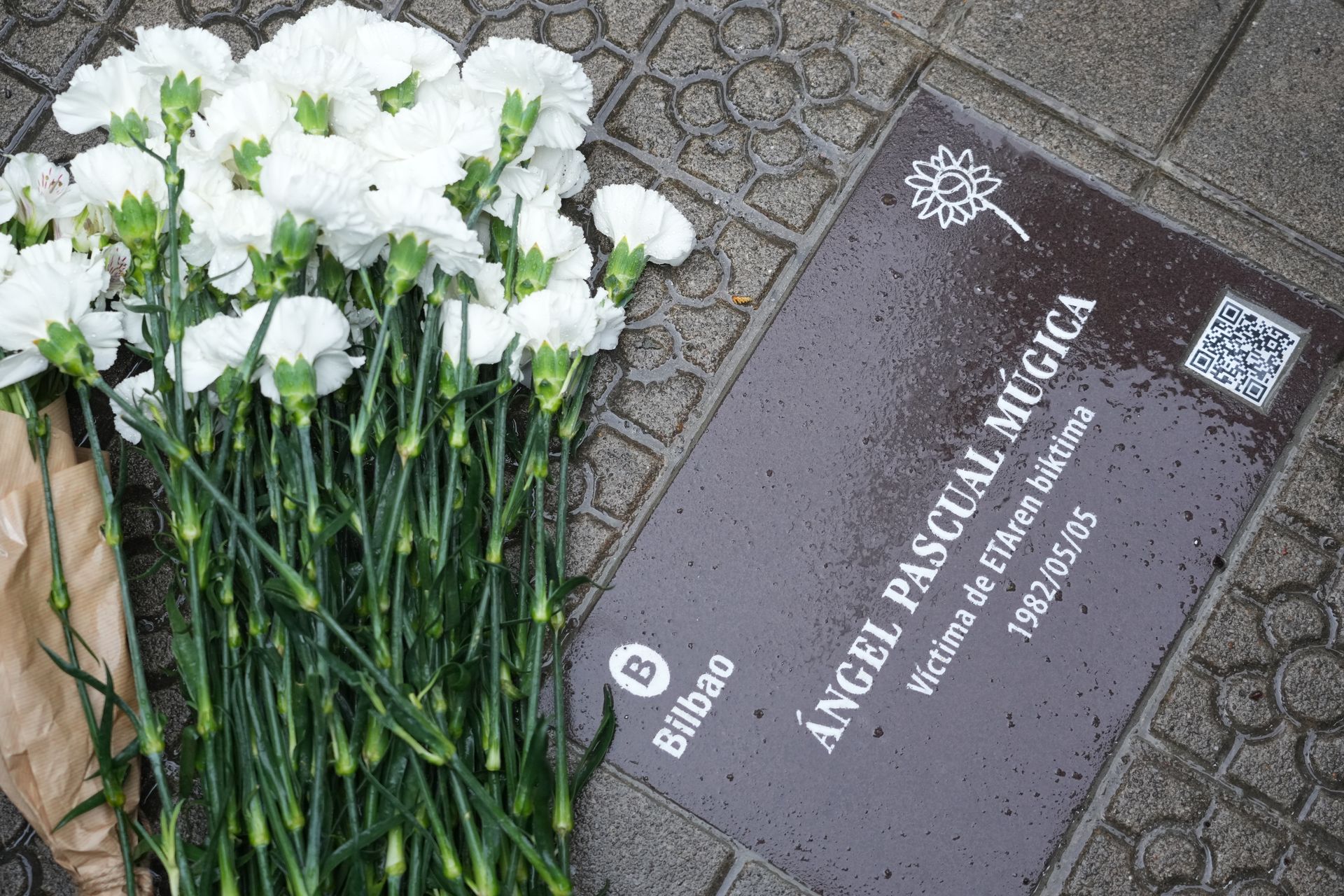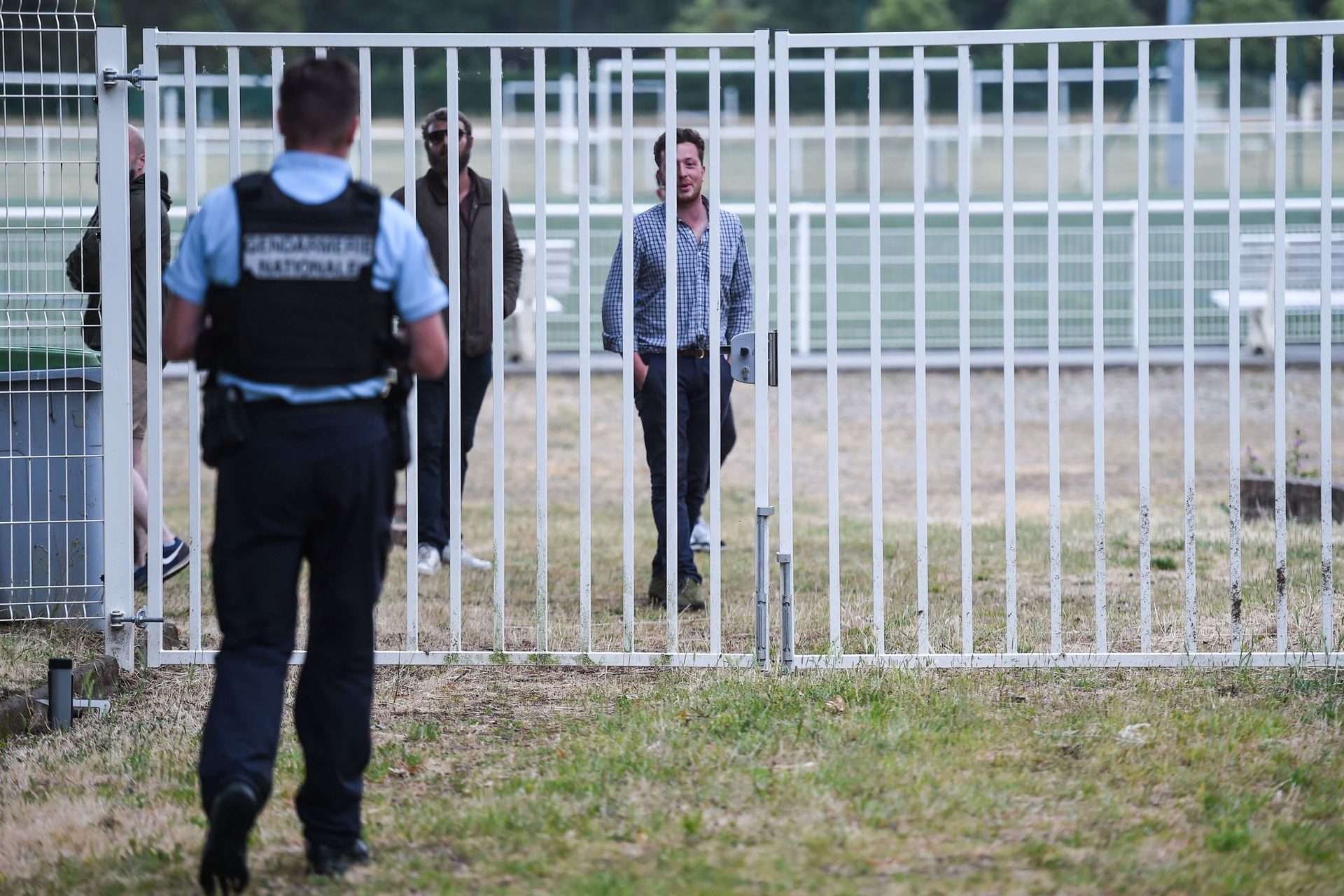Are terrorist attacks still a threat in Europe?
Between the pandemic, the war in Ukraine and inflation, European public opinion had almost forgotten the terrorist threats which had nevertheless marked the previous two decades.
The beginning of the 21st century was bloodied by very deadly attacks, such as those in Madrid, London or Paris, and by a multitude of smaller attacks.
A significant phenomenon of the 2010 decade, particularly in France, jihadist terrorism has been stemmed by the decline of the Islamic State and the deployment of more effective anti-terrorist systems.
@Fabien Maurin / Unsplash
Has the terrorist threat really disappeared in Europe, or has it simply faded into the background in the media? Join us as we examine the issue.
@Christian Lue / Unsplash
According to the Global Terrorism Index, published by the Institute for Economics and Peace, a Sydney-based think tank, 2022 marked a low point for terrorism worldwide, with a particularly marked decline in Europe since 2015.
In total, 28 attacks (perpetrated, missed or foiled) were recorded in the territory of the European Union in 2022, according to data from the “TE-SAT” report on terrorism produced by Europol.
Photo: Instagram@Europol
With respectively 12 and 6 attacks recorded, Italy and France are the two European states most affected, followed by Greece (4) and Belgium (3). Many EU countries have not suffered any attacks.
@Europol
Investigations linked to these acts resulted in the arrest of 380 people on EU territory, including 109 in France, 75 in Germany and 48 in Spain.
Despite a long-term decrease, is the terrorist risk starting to resume? With 18 acts recorded, the number of planned attacks in the European Union was lower in 2021 than in 2022.
With 13 attacks perpetrated out of 16, ultra-left and anarchist terrorism is well ahead on European territory in 2022. The acts generally take the form of premeditated and targeted attacks against the police.
Photo: Instagram@Europol
In addition, two other attacks were carried out by Islamist terrorists, and another was attributable to the ultra-right.
Fewer in number, the attacks committed by these groups were all fatal: knives and strangulation were the method used by the jihadists, firearms by the far-right.
Less publicized than Islamist attacks, those committed by ethno-nationalist or separatist movements were the most numerous between 2010 and 2019, according to data from the Council of the European Union. With no acts perpetrated in 2022, this form of terrorism appears to be in sharp decline.
The Europol report highlights the role of the internet in terrorist recruitment: "In addition to social media platforms, open-access messaging applications, online forums and video game platforms, decentralized platforms appear to have gained popularity in terrorist and violent extremist circles."
@Alina Grubnyak / Unsplash
As the Jean-Jaurès Foundation, a French think tank, notes, far-right propaganda also operates in the real world, for example in combat sports clubs, concerts or demonstrations. Enough to complicate the task of the anti-terrorist forces!
The “common interests” and “common practices” of far-left and far-right groups are noted by Europol, such as “the exploitation of the same themes, the use of the same digital environments and the adoption of similar techniques for the distribution of content.
@John Schnobrich / Unsplash
Furthermore, disinformation is an essential vector in the recruitment of budding terrorists. Distorted accounts of the war in Ukraine, for example, have had an important role in far-right circles.
In fact, the threat from the ultra-right is becoming more and more pressing on the continent. Europol reports 29 arrests of activists from this movement in France in 2021, compared to 5 in 2020. A figure increased from 1 to 18 in one year in Italy.
As for Islamist terrorism, the French Minister of the Interior, Gérald Darmanin, expressed alarm during a trip to New York in May 2023: “for Europeans and for France, the primary risk is Sunni Islamist terrorism", according to his comments reported by 'France Info'.
Affirming that “the risk is resuming”, the politician spoke of “the reconstitution of Daesh cells”, a major danger as France will host the Summer Olympic Games in 2024.
Religious radicalization and political extremism remain fertile ground for terrorism in Europe, where this threat is multifaceted and difficult to apprehend. Let's hope, however, that the bloodiest attacks are behind us!
@Krzystof Hepner / Unsplash
More for you
Top Stories



